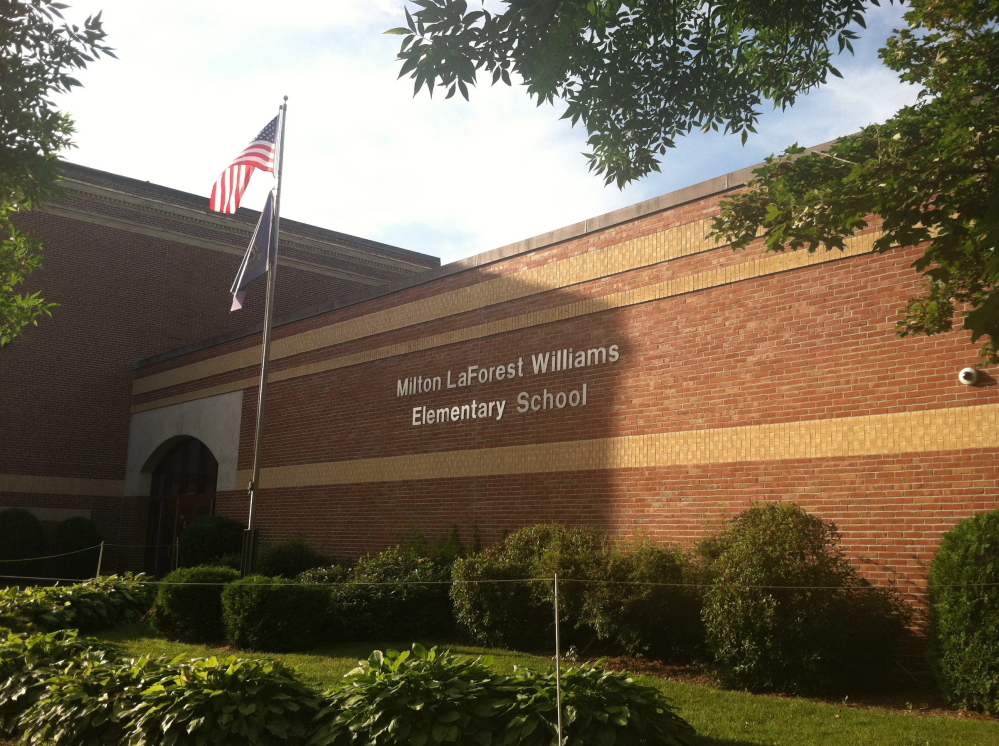OAKLAND — For the second time in five years, the Regional School Unit 18 board has recruited a broad-based committee to take stock of its buildings and grounds and offer recommendations to improve efficiency and lower costs.
The recently created facilities committee includes nearly 30 members representing parents, elected officials, district employees and taxpayers from the five communities the district covers – Oakland, Belgrade, Rome, China and Sidney.
The intent is to review the district’s buildings and submit a comprehensive study with recommendations to the school board, Chairman Jim Isgro said.
“The idea is efficiency and cost savings,” Isgro said.
The school board appointed members of the committee last month, but discussion about the district’s property has been ongoing for years. In 2010, a similar panel drafted a report and recommended consolidating classes, upgrading buildings and closing an elementary school in Oakland.
The new group will build on that report, said Mike Tracy, Oakland’s police chief and one of the committee’s co-chairmen. Members will be split into working groups to review and report on each of the district’s buildings, Tracy said. The committee’s work is expected to take at least 12 months to complete.
“I think we will be taking a pretty detailed look at everything,” Tracy said.
“It’s a pretty large committee, and there are some good people who are willing to roll up their sleeves and get to work,” he added.
The committee has had one meeting since it was formed. Another meeting is scheduled for Thursday, when more details about working groups and deadlines will be ironed out, Tracy said.
The district operates 11 buildings, including elementary schools in Sidney, Belgrade, Oakland and China; middle schools in Oakland and China; and Messalonskee High School, in Oakland. The district central office, bus garage and special education office also are in Oakland.
In recent years, investments in property maintenance and repair have been dropped because of tight budgets and voters’ concern over rising taxes.
The district has millions of dollars’ worth of projects it has not been able to get to, according to district documents. Those projects include roof replacement, new carpet, energy efficiency improvements and painting, among dozens of smaller fixes.
Some repairs and maintenance, such as fixing leaks in Williams Elementary School, weatherizing exterior doors at James Bean school in Sidney and fixing storm washouts at the playground at Belgrade Central School, were included in supplemental budget requests last year that were not approved.
If the district doesn’t get serious about addressing its aging buildings, it could wind up costing more in the long run, Isgro said.
“One of the things I am interested in is some of the problems with our buildings that have been brought to light, because they are not going away and they are getting worse,” Isgro said. “The worse they get, the more expensive they will be to repair.”
One of the major recommendations of the 2010 report was to move fifth-graders from Sidney, Belgrade and Oakland to Messalonskee Middle School, then close Ralph Atwood Primary School, and move its pre-kindergarten through second-grade students to Williams Elementary.
At the time, the plan’s supporters said it would save time and reduce overcrowding at James Bean School, but expansions and updates to accomplish the plan would cost up to $3 million.
Voters, however, rejected a plan to borrow the money needed to move the plan forward amid pushback against the proposal top close the school.
Richard LaBelle, a Rome selectman and co-chairman of the committee, said the committee probably would discuss consolidation or school closings.
“Ultimately, we’re going to be looking at long-term savings for taxpayers,” LaBelle said.
“There’s not going to be anything, I’d say, that is going to be off-limits,” he added.
The district faces dwindling enrollment and some of its schools have far fewer students than they were built for. The district’s student population has dropped about 8 percent since it was formed, according to the Maine Department of Education, from 3,024 students in 2009-10 to 2,791 this year. LaBelle estimated the district would lose the same number of students over the next decade.
“That’s something that over a year or two can go unnoticed, but over a long time period is something that needs to be addressed,” LaBelle said.
Peter McGuire — 861-9239
Twitter: PeteL_McGuire
Send questions/comments to the editors.



